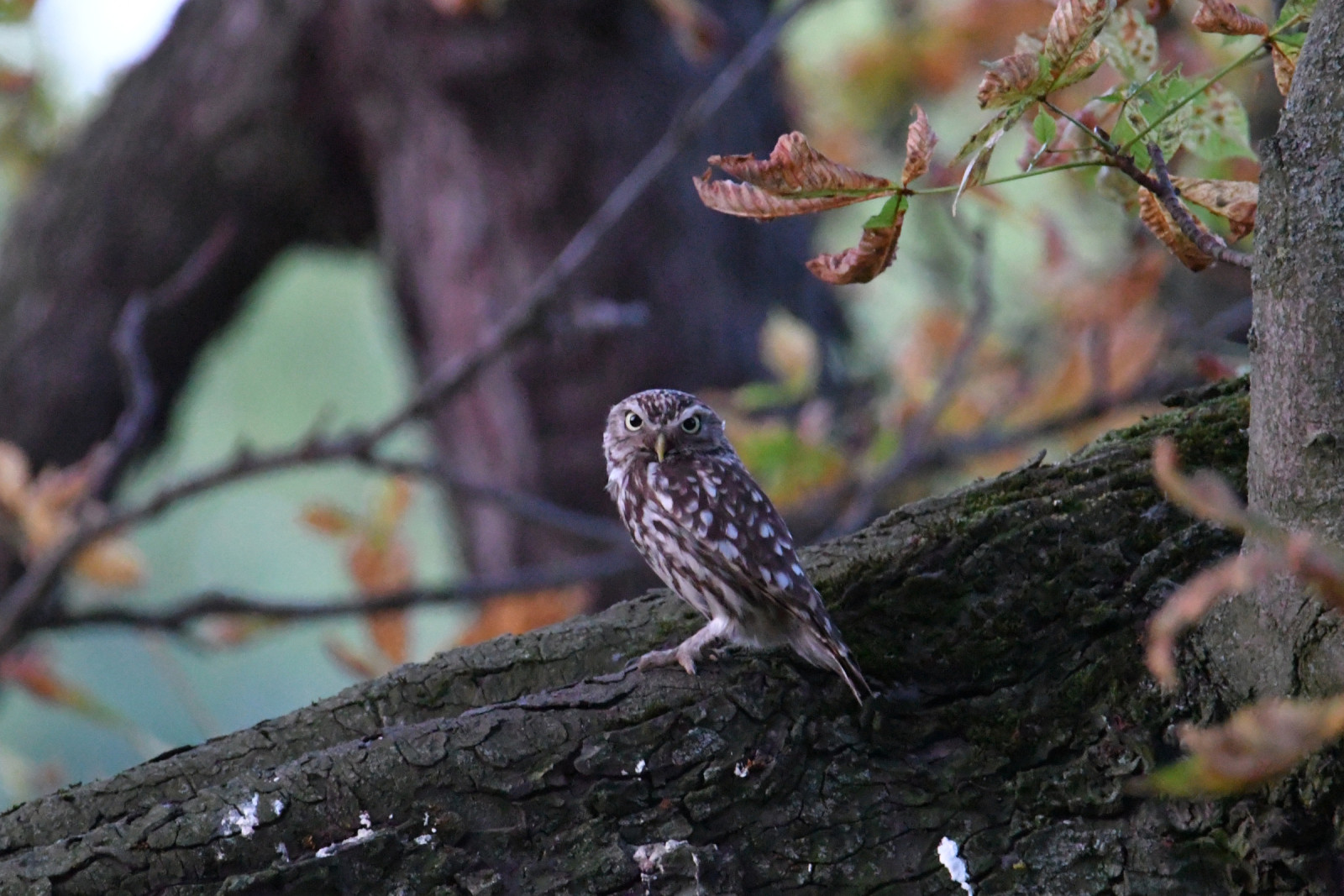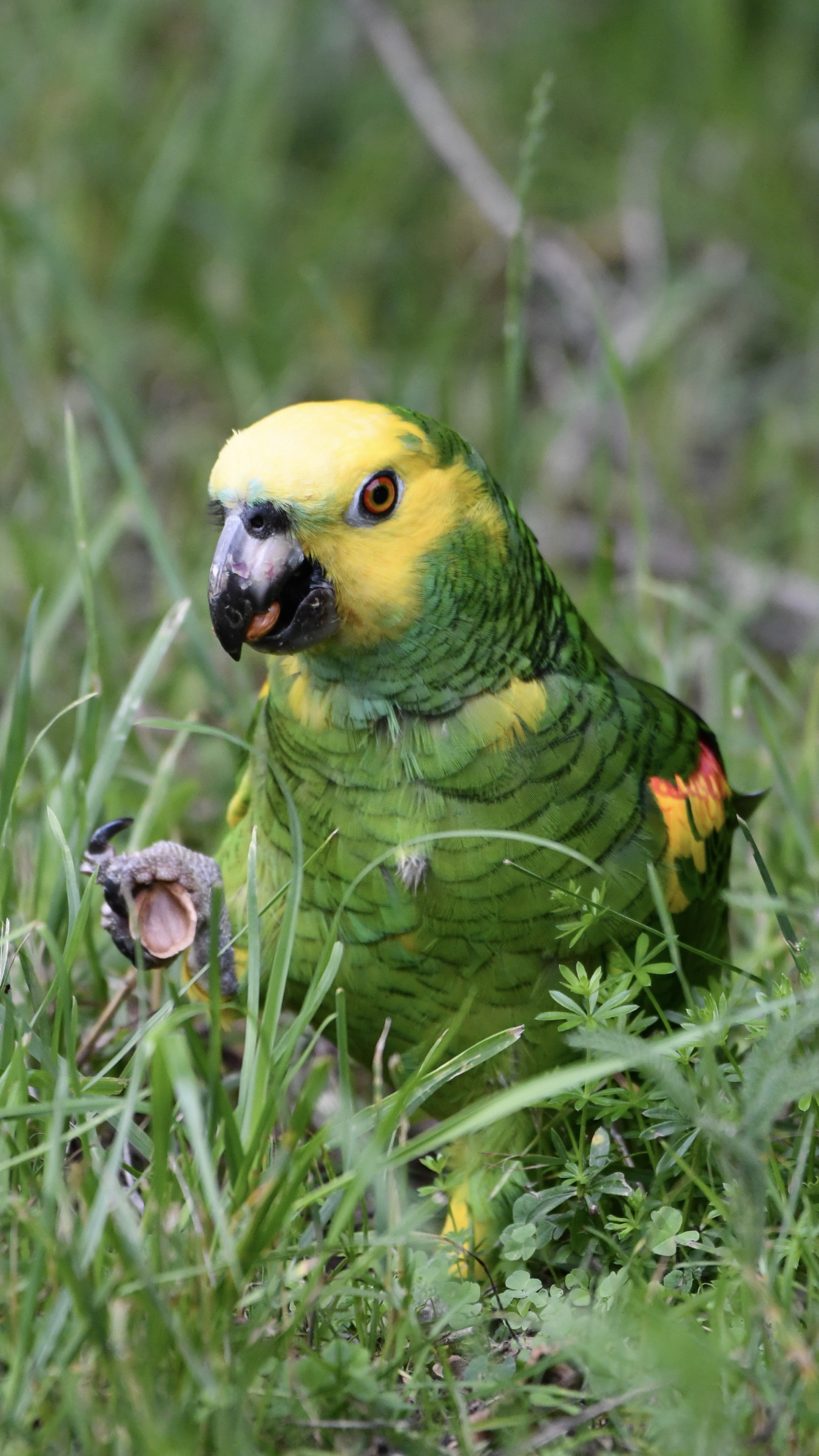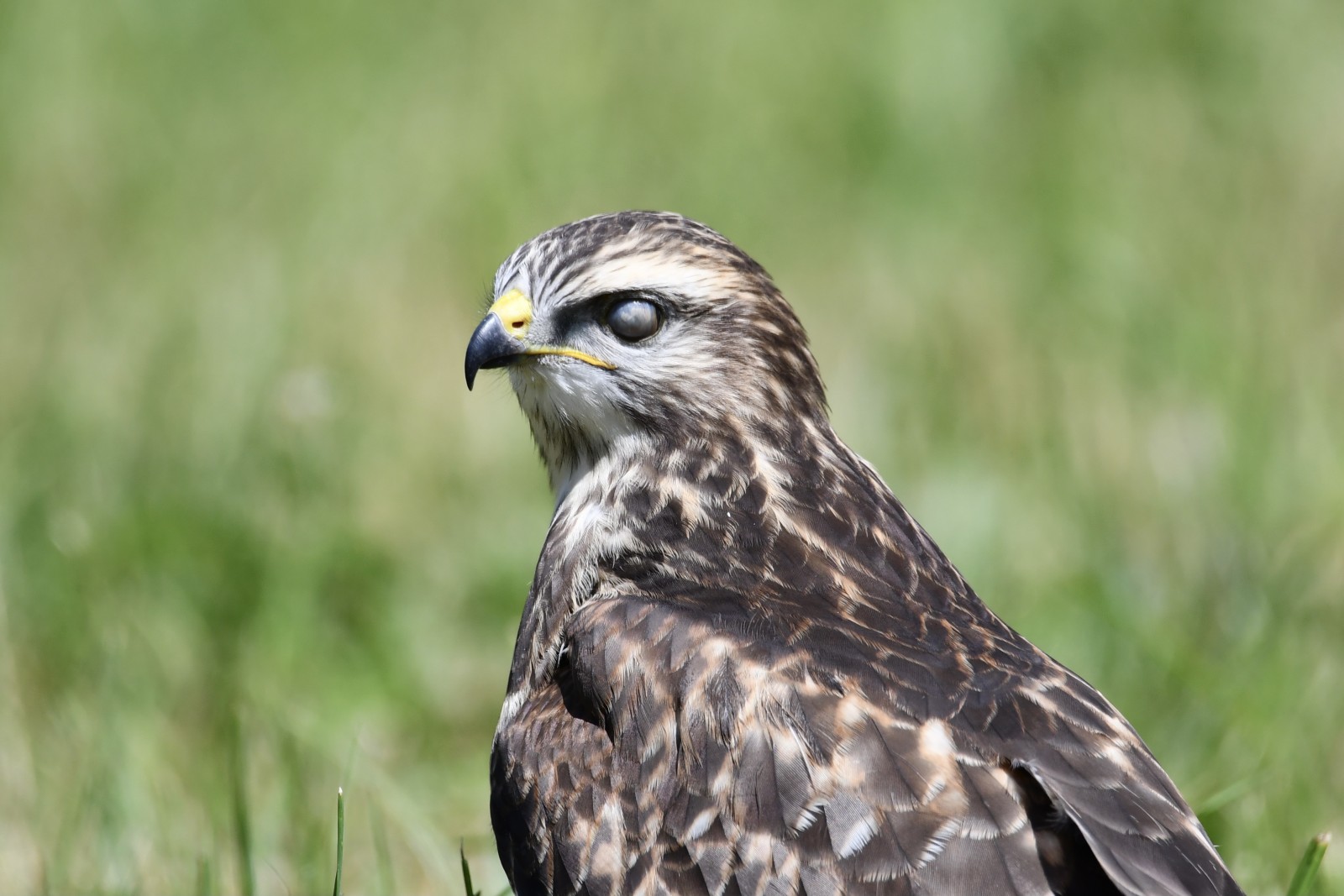Descrizione
The Rosenstein Park in Stuttgart is the largest English garden in southwest Germany. The big park has many old trees, meadows and also landscaped ponds. Its many old trees attract many birds. Therefore, in contrast to city parks where only common birds can be seen, in the Rosenstein Park, some more special birds can be seen. Examples include Tuffetto, Picchio rosso mezzano, Gufo comune, Pigliamosche as well as Baden-Württemberg's largest breeding population of Colombella, and the Taccola, whose only breeding site in Stuttgart is the Rosenstein Park. Among the other birds you can see in the park are Cigno reale, Poiana, Picchio verde, Cardellino, Airone cenerino, Germano reale, Gallinella d'acqua, Folaga and Corvo imperiale. Also an introduced population of Yellow-headed amazon (Amazona oratrix) can be found in the park (about 50 individuals). Also nice to know: because of the ban on hunting within the park it boasts the highest concentration of hares (Lepus europaeus) in Germany.
Dettagli
Accesso
The easiest way to visit the park is by public transport. But there are also parking spaces nearby. From there explore the park by bike or on foot.
Terreno e habitat
Alberi e cespugli sparsi , Prateria/pascolo , LagoCaratteristiche dell’area
CollinosoPercorso ad anello
SiÈ utile un cannocchiale?
Può essere utileBuona stagione per il BW
Primavera , Estate , AutunnoMiglior periodo per visitare
Estate , PrimaveraPercorso
Sentiero ampio , Strada asfaltataGrado di difficoltà del percorso a piedi
FacileModalità di accesso
A piedi , Bicicletta , Sedia a rotelleCapanno/torretta di osservazione
NoInformazioni aggiuntive
Note: It's better to avoid the park at night.




